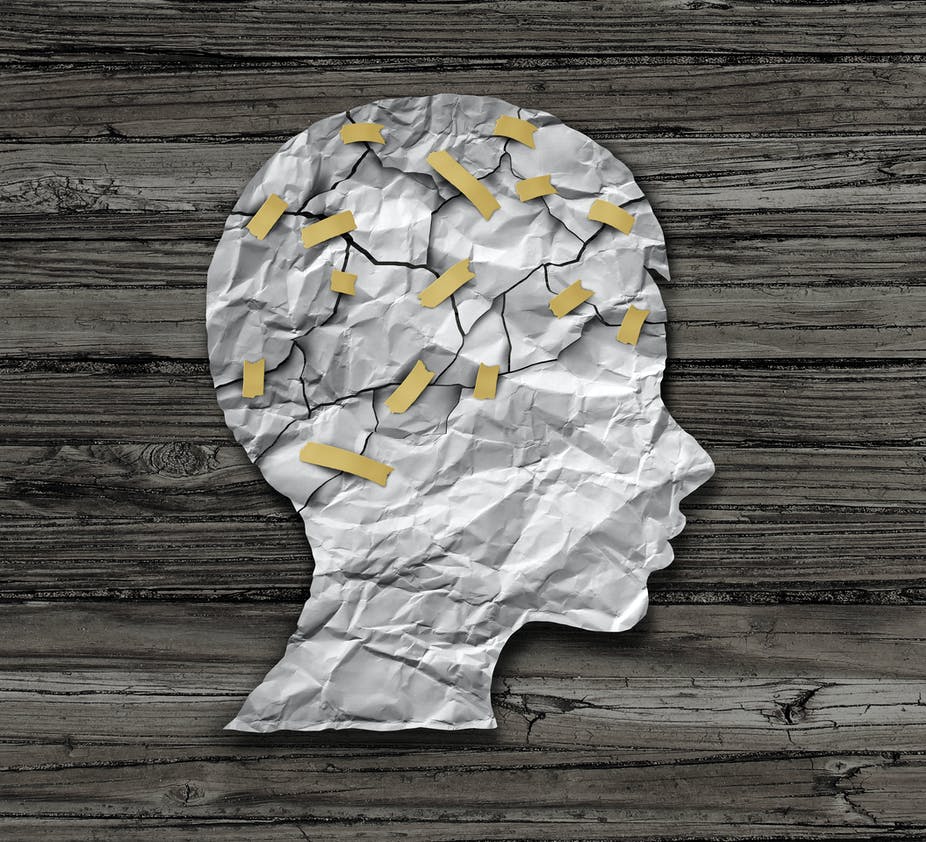We’ve all heard the saying, “Perspective is Everything”, but what happens when one’s perspective has been tainted?
It’s been said that we live our lives based on our experiences. These in turn becomes the foundation of our reality. The biggest hurdle you will ever face will come in the form of trauma.
Trauma is the result of a deeply distressing or painful event that overwhelms an individual’s ability to cope. When bad things happen, it can take a while to get over the pain and feel safe again.
The results of a traumatic event can vary from individual to individual. Yes, We all react to trauma in different ways. There is no “right” or “wrong” way to think, feel, or respond, you just have to trust your process of healing.
We live our lives based on our experiences which in turn becomes the foundation of our reality
One-time events, such as an accident, injury, or a violent attack, especially if it was unexpected or happened in childhood.
Ongoing, relentless stress, such as living in a crime-ridden neighborhood, battling a life-threatening illness, or experiencing traumatic events that occur repeatedly, such as bullying, domestic violence, or childhood neglect.
Commonly overlooked causes, such as surgery (especially in the first 3 years of life), the sudden death of someone close, the breakup of a significant relationship, or a humiliating or deeply disappointing experience, especially if someone was deliberately cruel.
So what happens when you experience trauma?
Trauma changes brain chemistry as well as structure, and these effects can start to impact normal functioning, specifically, the amygdala, hippocampus, and prefrontal cortex.
The amygdala is the emotional response center of the brain. It also plays a role in emotional memories and fears response. The hippocampus is associated primarily with memory and learning. Brain scans have shown that the hippocampus has decreased function in people with PTSD (post-traumatic stress disorder) when they are exposed to something that reminds them of trauma. Lastly, the prefrontal cortex is the part of the brain that is responsible for executive functioning or higher-level thinking and reasoning.
Emotional & Psychological Symptoms:
- Shock, denial, or disbelief
- Confusion, difficulty concentrating
- Anger, irritability, mood swings
- Anxiety and fear
- Guilt, shame, self-blame
- Withdrawing from others
- Feeling sad or hopeless
- Feeling disconnected or numb
Physical Symptoms:
- Insomnia or nightmares
- Fatigue
- Being startled easily
- Difficulty concentrating
- Racing heartbeat
- Edginess and agitation
- Aches and pains
- Muscle tension
As a result of the above and not dealing with trauma correctly, an everyday mishap, saying, or experience may “trigger” a reaction. An emotional trigger is anything that sparks an intense emotional reaction, regardless of your current mood.
Trauma is personal, therefore what you do to manage the painful feelings is vital to your perspective which impacts the outcome and quality of your life. The key to your healing will be your level of self-honesty.
Let’s take a moment to pause and celebrate that you actually survived the trauma. That in itself is worth acknowledging. So, what now? Let’s focus on Post-Trauma Growth.
The traumatic experience happened! Rule #1 Do not let it define you!
Suffering has transformative power. Get to understand how the pain can be beneficial.
To understand the trauma one needs to understand the source of the trauma.
1. Writing a Trauma Narrative
This is your personal narrative of what happened to you. Once complete, take what you have written so far, and as your final paragraph add how they feel now, what they have learned, and if they have grown from the experience.
2. Feel
By completing step 1, you will begin to feel a number of emotions exposed by connecting to the traumatic memory. Try to speak to a professional or someone close to you.
3. Heal
The focus is on helping you put the pieces back together, but in a new and stronger configuration than before.
While you did not choose to experience the trauma that led them here, they are in control of their choices going forward. This is your opportunity to rewriting the ending. Find meaning from the experience. Try to tie your spiritual and cultural beliefs into the narrative to make them more meaningful for yourself. What would your success story look like if you?
4. Seal – The Mind as a Filing Cabinet
This step involves tying up loose ends and putting the finishing touches on the reorganization of the traumatic memory. the memory of the traumatic experience is likened to a file that is unorganized, scattered throughout the filing cabinet that is the mind. In the previous three steps, these components were identified, hunted down, and moved to the right folder, while a few new pages were added documenting the growth experienced through the process.
People who undergo post-traumatic growth flourish in life with a greater appreciation and more resilience. Will you be one of them?


pumlani
thank you for such a powerful insight and advises…
Had to look to your website after the VOH seminar , and i must say i will be reading on more of your pieces
Portia Monnapula-Mazabane
You are welcome Pumlani, that is exciting indeed and we will all continue to grow in this wonderful journey
메이저사이트사이트
I would like to thnkx for the efforts you have put in writing this site. I’m hoping the same high-grade web site post from you in the upcoming as well. In fact your creative writing skills has encouraged me to get my own website now. Actually the blogging is spreading its wings fast. Your write up is a great example of it.